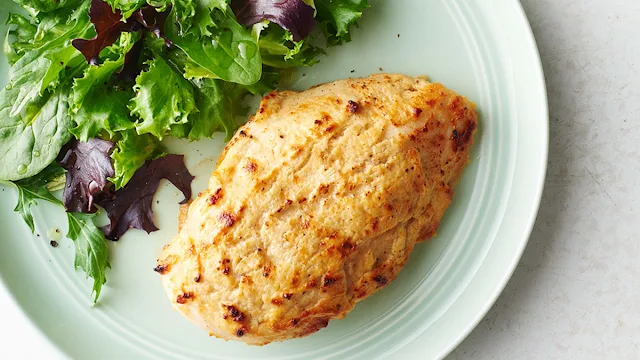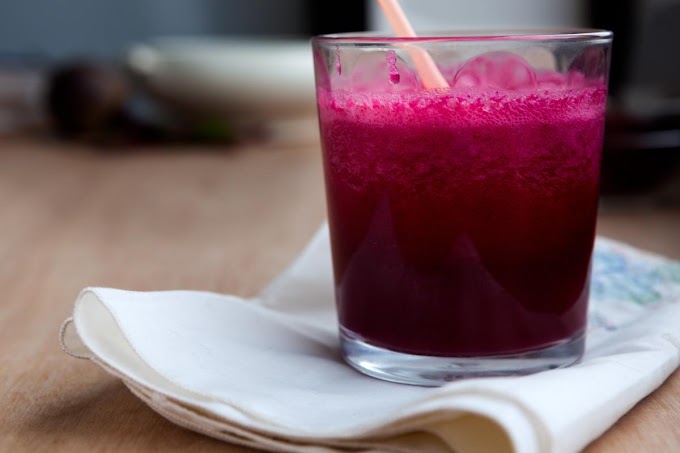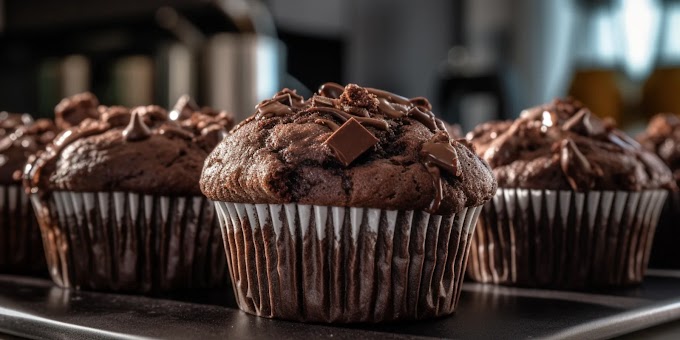1. Choose the Right Cut of Chicken
When cooking chicken, the choice of cut plays a critical role in determining the texture. Different cuts of chicken respond differently to heat, so knowing which one to choose for a tender dish is important:
Chicken Breasts: These are lean and can dry out quickly, so they need a method that retains moisture.
Chicken Thighs: Thighs are more forgiving due to their higher fat content, making them ideal for slow-cooking and braising.
Whole Chicken: Cooking a whole chicken can lead to juicy meat if done correctly, as the bones help retain moisture.
2. Marination - Infuse Moisture and Flavor
Marinating your chicken is the first step to ensuring it turns out soft and tender. A good marinade does more than just flavor the chicken; it also helps break down muscle fibers, making the meat tender. Here's a basic breakdown of marinades:
Acidic Marinades: Ingredients like lemon juice, vinegar, or yogurt break down proteins in the chicken, making it more tender. Yogurt-based marinades, like those used in tandoori chicken, are particularly effective at making the meat soft.
Enzyme-based Marinades: Some fruits contain enzymes that tenderize meat. Pineapple, papaya, and kiwi are examples of fruits that can be used in small amounts to make chicken melt-in-your-mouth tender.
Oil and Spices: Adding olive oil or another fat to your marinade helps keep the chicken moist during cooking. Herbs and spices add depth to the flavor.
Marinade Recipe for Tender Chicken:
1 cup yogurt (Greek or plain)
2 tbsp olive oil
2 cloves garlic, minced
1 tsp salt
1 tsp black pepper
Juice of one lemon
Fresh herbs (such as rosemary, thyme, or cilantro)
Marinate the chicken for at least 30 minutes, but ideally, leave it overnight for best results.
3. Brining for Added Tenderness
Brining is another technique for tenderizing chicken, especially leaner cuts like chicken breasts. The brine, a solution of salt and water, helps the chicken retain moisture and adds flavor throughout. This method works particularly well for roasting or grilling.
Simple Brine Recipe:
4 cups water
¼ cup salt
¼ cup sugar (optional for a slight sweetness)
Fresh herbs (optional)
Peppercorns (optional)
Soak the chicken in the brine for at least an hour, or up to 24 hours for larger pieces like whole chickens. Be sure to rinse off the excess salt before cooking.
4. Cooking Techniques for Tender Chicken
The cooking method you choose will have the most significant impact on how tender your chicken turns out. Some methods are particularly suited for achieving that melt-in-your-mouth quality.
Slow-Cooking
Slow cooking chicken at a low temperature allows the collagen in the meat to break down gently. This process results in juicy, tender chicken that almost falls apart with a fork. Slow-cookers or crockpots are ideal for this.
Recipe Example: Place bone-in chicken thighs in a slow cooker with garlic, onions, and herbs, cover with broth, and cook on low for 6-8 hours. The chicken will become incredibly soft.
Braising
Braising involves searing the chicken first to lock in the juices, followed by slow cooking in a small amount of liquid. This method works wonders for tougher cuts like thighs or drumsticks. You can use broth, wine, or even coconut milk as the braising liquid.
Recipe Example: Brown chicken thighs in a pan, remove, and add onions, garlic, and carrots. Pour in some chicken broth and a splash of white wine, return the chicken to the pan, cover, and simmer for 40-60 minutes until tender.
Poaching
Poaching is a gentle cooking method that involves simmering chicken in water or broth at a low temperature. This technique is particularly great for chicken breasts, as it helps them stay moist and tender.
Poaching Method: Bring a pot of water or broth to a simmer (not boiling), add aromatics like garlic, bay leaves, and peppercorns, and then gently submerge the chicken. Simmer for 10-15 minutes, depending on the thickness of the chicken breasts. Let the chicken rest in the liquid before serving for added moisture.
Sous Vide
Sous vide is a modern method that involves vacuum-sealing chicken and cooking it in a water bath at a precise temperature. The result is chicken that is cooked evenly and stays juicy. You don’t need a professional sous vide machine—there are plenty of affordable, home-friendly versions available now.
Sous Vide Cooking: For perfect chicken,set the sous vide machine to around 140°F (60°C) and cook the chicken breasts for 1.5 to 2 hours. The low and slow cooking ensures an ultra-tender result.
5. Resting Your Chicken
One crucial yet often overlooked step in achieving tender chicken is resting it after cooking. Resting allows the juices to redistribute throughout the meat, preventing it from drying out when sliced.
For smaller cuts, like chicken breasts or thighs, let the meat rest for 5-10 minutes before serving.
For larger cuts, such as a whole roasted chicken, aim for a resting time of about 15-20 minutes.
6. Finishing Techniques
Once the chicken is cooked to perfection, adding a finishing touch like a quick sear or glaze can enhance the flavor and texture.
Crisping the Skin
If you’re cooking skin-on chicken, getting the skin crispy while maintaining tender meat underneath can be tricky but rewarding. After slow-cooking or braising, you can place the chicken under a broiler for a few minutes to achieve that crispy golden exterior.
Glazing the Chicken
For a glossy, flavorful finish, consider brushing your chicken with a glaze during the last few minutes of cooking. Honey mustard, BBQ sauce, or a soy glaze can add a delicious touch.
Honey Mustard Glaze: Mix 2 tbsp honey, 1 tbsp Dijon mustard, and a splash of soy sauce. Brush onto the chicken in the last 5 minutes of cooking.
7. Internal Temperature Matters
To ensure your chicken is both safe to eat and tender, using a meat thermometer is key. Chicken should be cooked to an internal temperature of 165°F (75°C), but slow-cooked cuts like thighs can be cooked to slightly higher temperatures for more tenderness (closer to 180°F).
Conclusion
Cooking tender, melt-in-your-mouth chicken is more than just following a recipe—it’s about choosing the right cut, preparing it thoughtfully, and using the best cooking technique for your desired result. Whether you prefer slow cooking, braising, or poaching, the methods mentioned above will help you achieve the perfect tenderness every time. By experimenting with marinades, brines, and cooking temperatures, you’ll soon be able to enjoy chicken that’s flavorful, juicy, and tender enough to fall apart with each bite.








Social Plugin